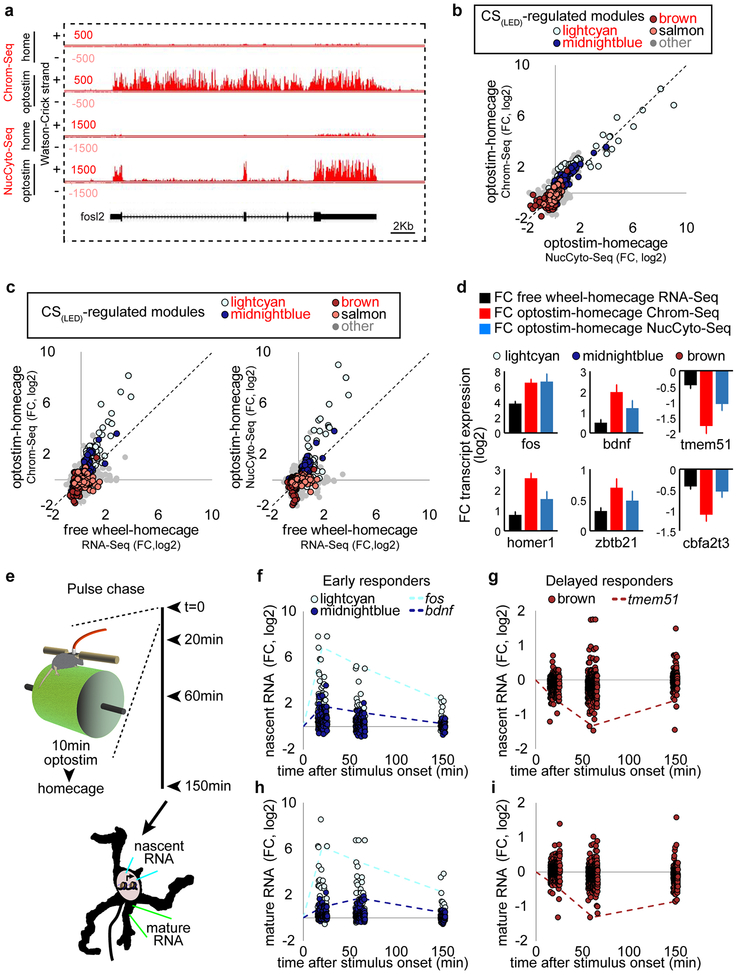Extended Data Fig. 6. Optostimulation of granule neurons potentiates CS pathway-regulated gene modules.
(a) UCSC genome browser tracks of chromatin-bound (Chrom-Seq) and nucleocytoplasmic (NucCyto-Seq) RNA at the fosl2 locus upon optostimulation of granule neurons in the ADCV in mice. The chromatin-bound fraction contained immature unspliced RNA and the nucleocytoplasmic fraction contained spliced mature RNA. (b-d) Comparisons of the log2 fold change in chromatin-bound RNA and the log2 fold change in nucleocytoplasmic RNA upon optostimulation of granule neurons together with the log2 fold change in total RNA upon sensorimotor stimulation in the ADCV in mice (n=4,4,18) mice for chromatin, nucleocytoplasmic, total RNA). Data show mean ± standard error. (e) Pulse chase analyses were performed by optogenetically stimulating granule neurons in the ADCV for 10 minutes and returning mice to their homecage for 10, 50, or 140 minutes. The ADCV of optostimulated or unstimulated control mice was then subjected to RNA-Seq using the chromatin-bound (nascent) or nucleocytoplasmic (mature) fractions. (f-i) Time course of chromatin-bound (nascent) or nucleocytoplasmic (mature) RNA expression following optostimulation of granule neurons as in (e) (n=2 mice).

